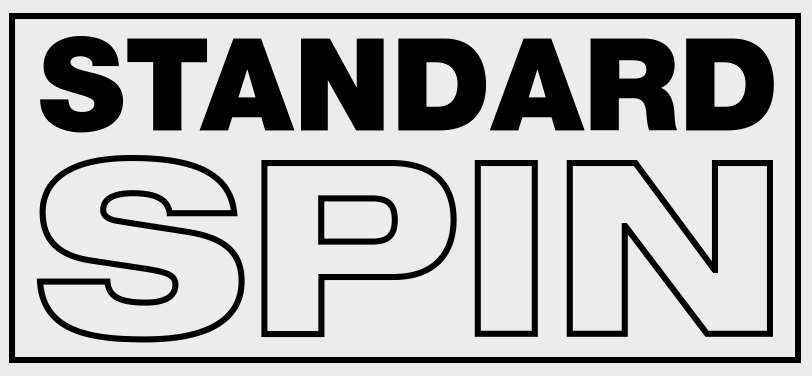Over the past few years, I've volunteered a handful of times at my daughter's school. One of the ways I volunteer is assisting with their annual school play. I teach a media class where we take on assets needed for the play, but not in the play, for example, playbills, posters, headshots, and weekly behind the scenes.
To keep things interesting, each year, I also like to throw in a wild card.
For this particular year, the school play was Matilda. We generally have about 150 students involved. 30 students are in my media class, 30 prop design, 30 set design, 20 costumes, and 40 cast. That's 110 students not on a stage, but very active behind the scenes. These are students who don’t always receive the recognition they deserve, so I wanted to provide them with a platform.
The idea was a playing card for everyone involved. To keep costs down, to be quick, to be efficient about it, we chose to do a digital card instead of a physical one, and since we couldn't create a physical costume for these cards, we chose to do digital ones. Each student had their photo taken on a paper cyc at the school, the image was then processed locally using Stable Diffusion (no cloud AI to ensure their privacy), that image was then put into a Photoshop design comp, kicked out to After Effects for animation, and ultimately lived on a screen install near where those attending cued up for each performance.
Project Kick Off | Consent & Fair Use
The primary intent was to create a fun project that the students could be involved with, that would also give unseen talent a platform. That said, since we would be using AI image generation, it seemed like the perfect opportunity to also address issues found in the AI space that extend into other creative spaces and pursuits.
The idea of consent. I'd seen students struggle with this in previous years photographing each other for behind the scenes. I wanted to give them a framework on how to approach that. The idea of ownership. A lot of students will jump into Adobe Express and pull in existing logos from the original play, pull in existing images from the original play, and call it a day. I didn't want to tell them it was wrong, because it wasn't, but maybe give them a framework to consider when creating art that uses other artist's existing assets.
Both of those ideas, consent & fair use, play heavily into the training of these AI models and the output of them. My hope was to not only introduce those two ideas, but create a bridge as to how they're applicable in this more recent development of AI image generation.
Process | AI Image Generation
The bulk of AI image generation, what most people have experience with, is a text input and image output system. It sort of works sometimes and it sort of doesn't. It could work flawlessly some day, but it doesn't work today, so to me, as someone who needs the ability to art direct, it's far less interesting.
When you start using things besides type to drive these systems, that's where it gets more interesting and actually does work more often. For example, asking AI to take this photo I shot on my phone and make it look like this piece of art I made. That's known as "Image To Image". Say, I take these 20 images I've shot of my face and train a model that when I call on "Josh", it knows what Josh I'm talking about. That's known in Stable Diffusion as a "Lora Model". Instead of giving Stable Diffusion one piece of artwork I made, I give it 20 pieces, and when I call on "My Style" it knows what I'm talking about. That's a "Style Model". There are even tools with user UI like "OpenPose", part of the "ControlNet" system, where you can control a vector skeleton and it will set the pose based on that set skeleton.
As a class, we went over a number of these options, and why they would or wouldn't work for what we wanted to do. We knew we wanted to take all 150 students pictures and recognize them individually. We also wanted to do something special to those pictures to take the production level up and give them something unique, but it had to be scalable to 150.
Process | Private School Uniform
We didn't have the time or resources to create a unique "Lora Model" for each student, so instead of something 150 times unique, I proposed something reusable, a costume. We pulled in enough stills of the Matilda private school uniform and were able to train a model to consistently generate that costume on each student's shot photo. We then got around the lack of a unique "Lora Model" for each student by using another ControlNet called "Face ID Plus", which is not nearly as flexible as a trained model, but worked for us.
Process | We Cool?
People are extremely sensitive to images of themselves, kids are no exception. I wanted to be respectful of that. I wanted all students to feel in control of the process, I wanted them to have ownership of their image.
We did a trial run internally in our media class, and only after that seemed like a positive experience, we then attempted to roll this out to the rest of the students. From the start, when shooting portraits, we kept it to small groups of five or less, and we spoke to each student individually, showing them the test run on a tablet, making sure they understood what we were doing. Checking that it seemed fun to them, that it seemed like something they wanted to be part of.
Process | Final Thoughts
Most students found it to be fun. Some thought it was weird, but at least had a sense of humor about it. To me, it's like stepping in front of a funhouse mirror, or using props at a party photo booth. You know you're not actually a pirate, you know the mirror is warped, and what comes back is not going to look exactly like you, but that's the fun of it. There's something "luck of the draw" about it. There's something fun about seeing an alternate version of yourself. Back before AI, when we only had CG, and back before we all decided CG wasn't cool or as good as practical effects, we all thought CG was kind of fun, and kind of interesting. This project was that to me, and hopefully, it was that to the students as well.

